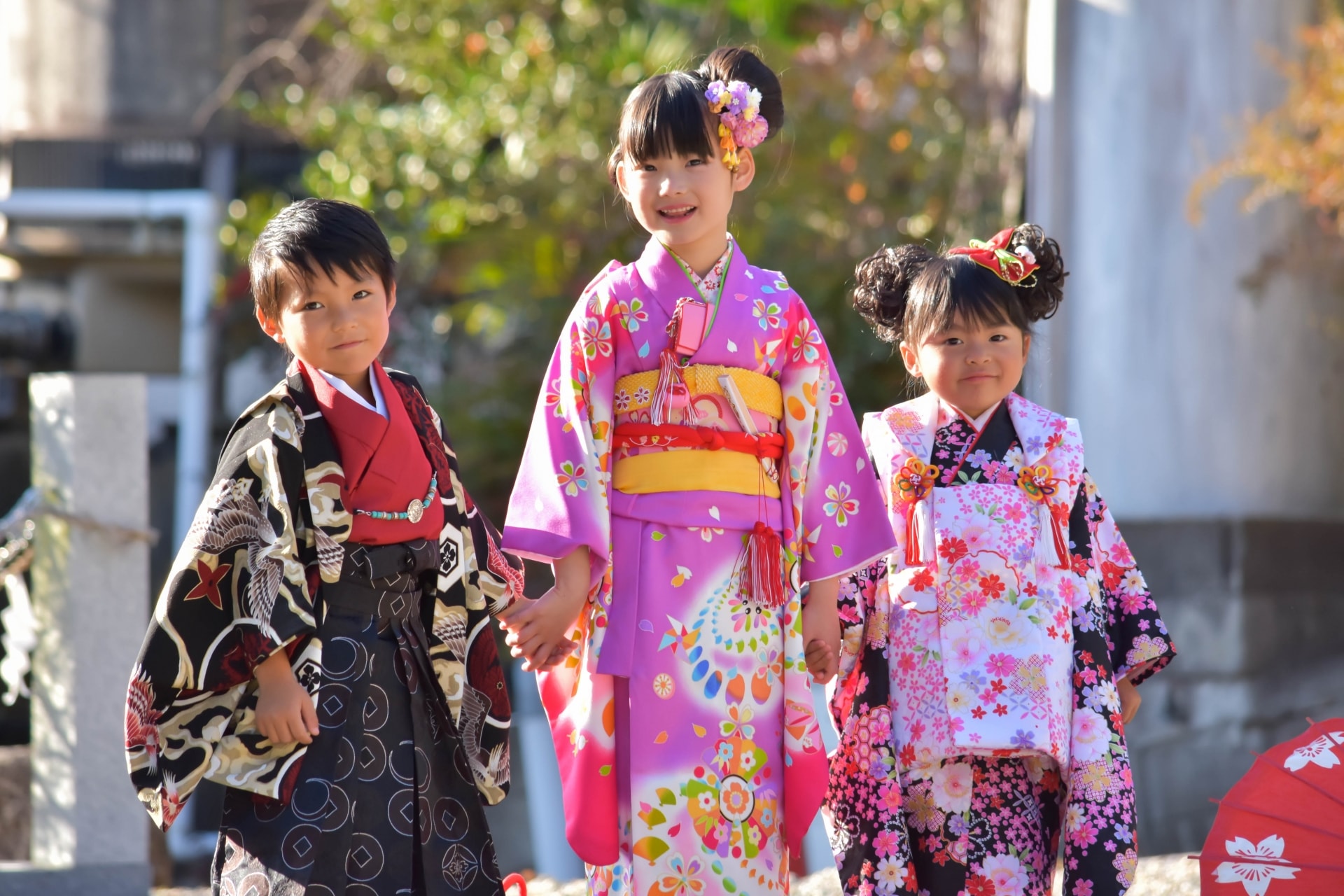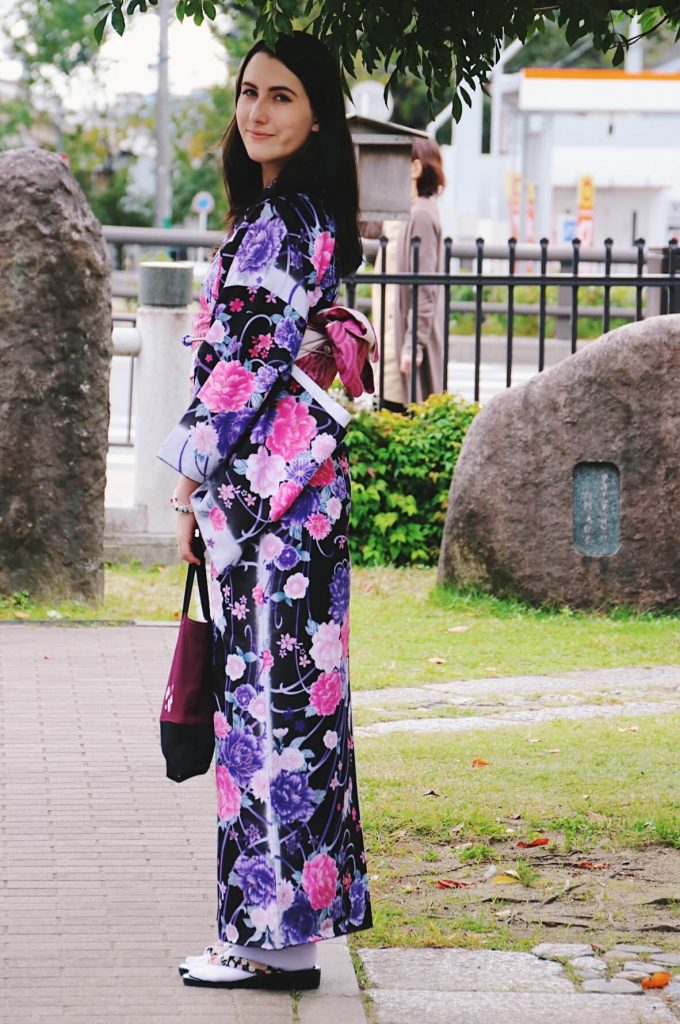ニュース Is it OK to wear kimono everyday?. トピックに関する記事 – Is it normal to wear a kimono every day
Formerly the most common Japanese garment, the kimono has fallen out of favor and is rarely worn as everyday dress now.It's not only allowed, it's encouraged. It is a way to show appreciation for Japanese culture. Many establishments in larger cities like Tokyo and Kyoto rent kimonos to non-Japanese visitors – it's a way to enhance your visit and soak up the culture even more.In the old days, the Japanese used to wear kimono even during summer. Can you imagine how uncomfortable it must be to sleep in a kimono! Traditionally, yukata was worn for bathes and thereafter to sleep. In modern days, habits and culture have evolved such that yukata is often just worn during summer festivals.
Can I wear a kimono at homeTip Four: Wear it at Home
Another way to wear a kimono and ensure no one is offended is by being really casual with it at home. Kimonos are essentially really stylish bathrobes, so you can wear it as one in your own home exactly like that. Kimonos at home go great over your pajamas or even your bikini.
How often should I wash my kimono
It's ideal to wash your Jiu Jitsu Kimono after each training session, and for everyone's sake, you should after every practice session that you get a heavy sweat going. Your Kimono will last a lot longer, and you'll save money in the process if you use our cleaning techniques and products.Yes it is. I know some people might argue that this is cultural appropriation, but in my experience if a non-Japanese person wears a yukata (or even a full kimono) with respect, Japanese people wiIl actually appreciate it. The fact that you're wearing Japanese clothing is taken as a compliment.
Is it OK for foreigners to wear yukata
Yes it is. I know some people might argue that this is cultural appropriation, but in my experience if a non-Japanese person wears a yukata (or even a full kimono) with respect, Japanese people wiIl actually appreciate it. The fact that you're wearing Japanese clothing is taken as a compliment.
Is it disrespectful to wear a kimono if you're not Japanese No, the Japanese enjoy you enjoying their culture. There are more than a few shops which rent kimono to foreigners, and other Japanese, in places like Kyoto.
Do Japanese wear yukata to bed
Yukata can be worn to the baths, to dinner and even when going to bed; In many hot spring villages, they are worn when walking around town as well.There is an undergarment, the nagajuban (often just called a 'juban') that is worn beneath your kimono. It is kimono-shaped but shorter, and features a crisp white collar where you can optionally see other colored collars for fashion, or a separate white collar which is easier to detach and wash.Some of the rules for wearing a kimono in Japan include making sure that the kimono is wrapped properly, with the left side over the right side; tying the obi (belt) in the front, with the loose end tucked into the belt; and wearing zori (traditional sandals) or geta (wooden clogs).
In general, Japanese don't mind foreigners wearing either kimono or yukata. I'm a non-Japanese living in Kyoto, and I used to wear a yukata to the Yoi-Yama before the Gion Festival.
How often do Japanese people washResearch suggests that whereas people in many parts of Europe and America now make do with just a shower nearly 90% of the time, in Japan between 70% and 80% of people still bathe in the traditional way at least several times a week. This rises to 90% or more in families with small children.
Do Japanese people wash their hair everydayThe largest share, almost 63 percent, of respondents stated that they washed their hair everyday in the evening. In contrast, only 5.5 percent of respondents followed hair cleaning habits in the morning.
Do girls wear bra under yukata
Normally, females don't wear (at least not Western style) bras under yukata or any kind of Japanese kimono. And properly, females are supposed to wear a koshimaki (in which you wrap around your bottom) and a hada-juban (in which you wear on your top) even when wearing yukata.
It is recommended to wear a thin short-sleeved shirt, a sundress or any clothing made with a breathable fabric, especially from July to August. Shorts are acceptable, except at some shrines or temples. A cap or hat and shades are great to have for sun protection. If you can, bring an umbrella too, in case it rains.Nowadays, Japanese people rarely wear kimono in everyday life, reserving them as haregi (formal clothing) for occasions including wedding ceremonies, funerals, and university graduation ceremonies. They are also worn for tea ceremonies and other special events, such as summer festivals and tanabata.The cost of a real kimono in Japan can vary widely depending on several factors, including the type of kimono, the quality of the materials, the craftsmanship, and whether it's new or second-hand. On average, a good quality, new kimono can cost anywhere from 30,000 yen to 100,000 yen or more.





